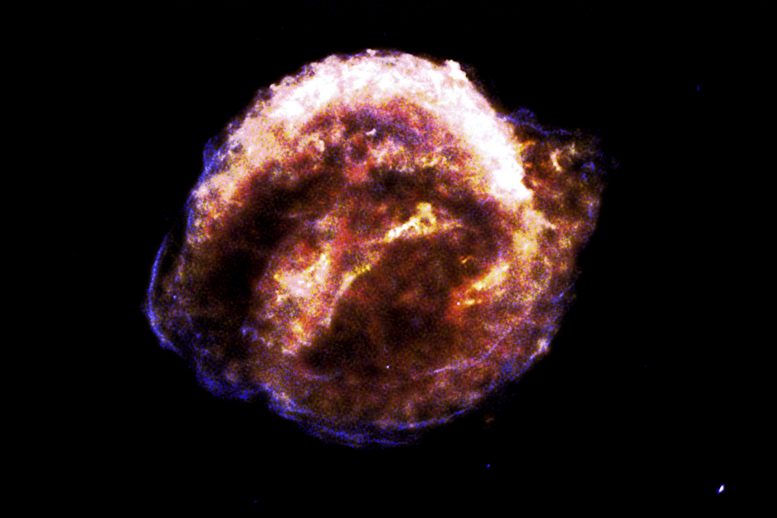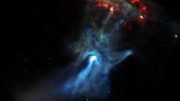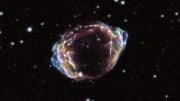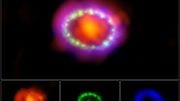Astronomers have used NASA’s Chandra X-ray Observatory to record material blasting away from the site of an exploded star at speeds faster than 20 million miles (32 million kilometers) per hour. This is about 25,000 times faster than the speed of sound on Earth. The Kepler supernova remnant is debris from a star that blew apart about 20,000 light-years from Earth in our Milky Way galaxy.
In 1604, early astronomers, including Johannes Kepler who became the object’s namesake, noted the supernova explosion that destroyed the star. What Johannes Kepler didn’t know then is that the new object he saw was caused by a small dense star that exceeded a mass limit after interacting with a companion star, triggering a thermonuclear explosion. Today, astronomers call this a Type Ia supernova, and they can study the superheated debris expanding into space and glowing brightly in X-ray light.
Researchers estimated the speeds of different clumps in Kepler by analyzing Chandra X-ray spectra, the spreading out of light that gives the amount of X-rays at different wavelengths. This allowed the astronomers to use the Doppler effect to convert changes in the wavelength of features in the X-ray spectrum into speeds along the line of sight from Chandra to the remnant. They combined this information with measurements of the change in position of clumps between Chandra images obtained in 2000, 2004, 2006 and 2014. With this, the astronomers could measure motions perpendicular to our line of sight and then estimate the speeds of each clump.
The high speeds in Kepler are similar to those scientists have seen in supernova explosions in other galaxies only days or weeks after the explosion. This may mean that some clumps in Kepler have hardly been slowed down by collisions with material surrounding the remnant in the approximately 400 years since the explosion.
Scientists are still trying to determine exactly why these clumps in Kepler are moving so fast. It could be that it was a particularly powerful supernova explosion, or perhaps the environment the debris is moving into is less dense in certain spots. Regardless, this object will continue to be something to watch in the years to come.










hey, high-minded blog on oleaginous loss. this helped.